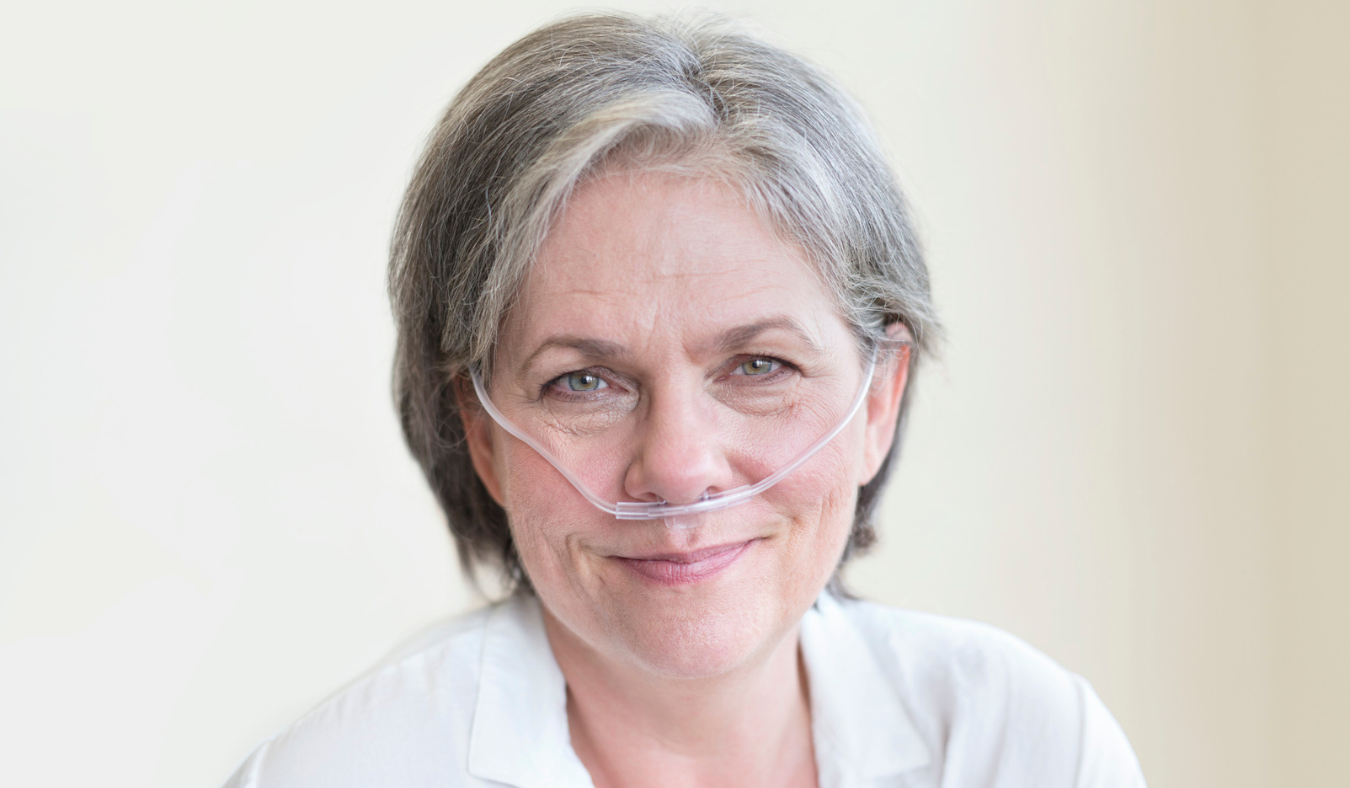Home oxygen therapy is an effective way to treat many chronic respiratory conditions like COPD, long-term asthma, cystic fibrosis and more. If you’ve been prescribed home oxygen therapy from your doctor, you most likely use medical oxygen tanks or an oxygen concentrator with nasal cannula. While using oxygen therapy in your home can make everyday activities easier, there are some safety tips that should always be followed to help prevent the increased risk of fire in the home.
1. No smoking. Never smoke or allow others to smoke anywhere near you while using oxygen therapy such as an oxygen concentrator or medical oxygen cylinder.
2. Avoid products with oil, grease, or petroleum. These items are highly flammable and can cause a violent reaction around oxygen under pressure causing explosions and fire.
3. 5ft or more from gas stoves, candles and heat sources. While using oxygen therapy, you should stay at least 5ft away from any open flames or heat sources.
4. Keep oxygen away from heat sources: Oxygen can easily enhance combustion of fuel sources if it comes into contact with a spark or flame. Keep oxygen tanks and concentrators away from heat sources like stoves, candles, and space heaters.
5. Ensure proper ventilation: Oxygen can displace the air in a room and create a fire hazard. Make sure the room is well-ventilated, and there is enough fresh air circulating. Avoid using oxygen in small, confined spaces like closets or bathrooms.
6. Store oxygen properly: Oxygen tanks should be stored in an upright position and secured to prevent them from tipping over. Oxygen should be stored in a cool, dry place away from direct sunlight and heat sources. Do not store oxygen tanks near flammable materials like oil, grease, or cleaning supplies.
7. Follow usage instructions: Oxygen therapy should only be used as directed by a healthcare professional. Follow the instructions for the type of oxygen therapy being used, including the flow rate, duration of use, and method of delivery.
9. Keep emergency numbers handy: In the event of an oxygen-related emergency, it is important to have emergency numbers handy. Keep a list of emergency numbers, including your healthcare provider, the local fire department, and the oxygen supplier, near the oxygen source.
Oxygen therapy can be a lifesaver for many people, but it is essential to practice oxygen safety in the home. By following these tips, you can ensure that you or your loved one can safely receive the benefits of oxygen therapy in the comfort of your own home.




.png?width=767&name=COPD%20in%20the%20cold%20(2).png)









